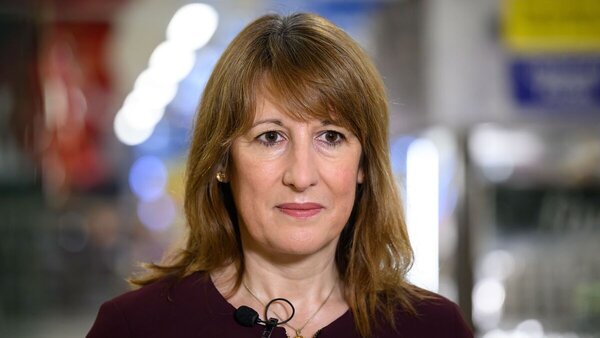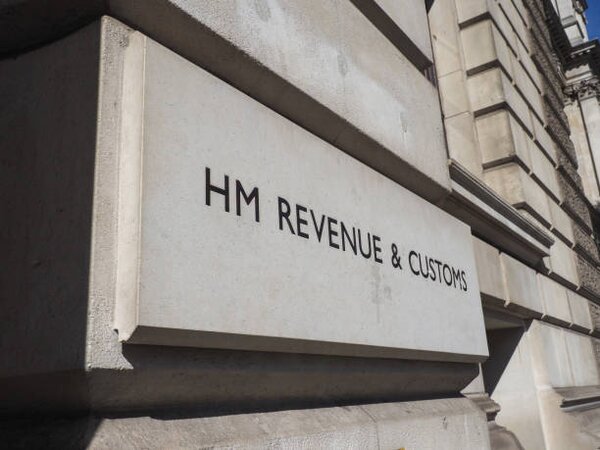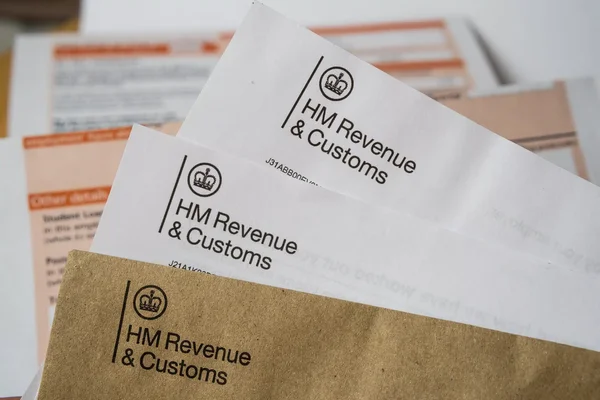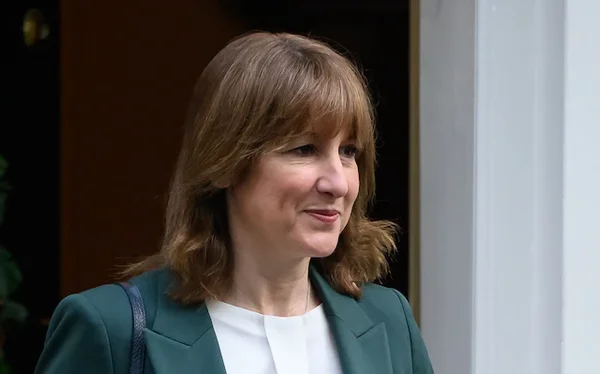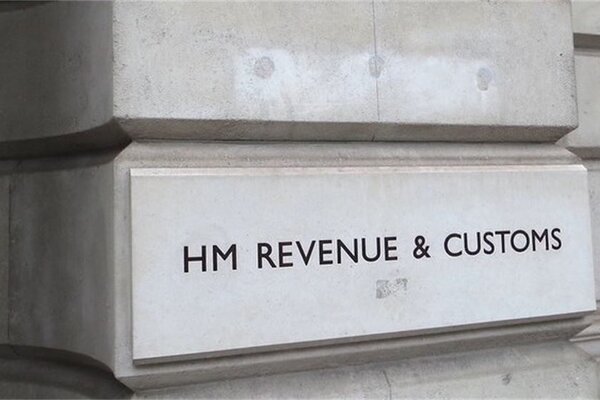Let’s Break This Down Together...
Sorting out your self-employed tax allowance can feel confusing. You might be wondering what you can actually earn before HMRC takes a slice.
In this article, we’ll walk you through the personal allowance, other tax-free allowances, and how they fit into your Self Assessment. We’ll also cover common mistakes to avoid and tips to stay compliant.
By the end, you’ll know how to keep more of your hard-earned money while staying on the right side of the rules. Ready to make it simple? Let’s dive in.
Introduction to Self-Employment
Self-employment means working for yourself, whether you run your own business, freelance, or offer professional services. As a self employed individual, you’re responsible for managing your own tax affairs, including paying income tax and National Insurance on your self employed income.
Unlike employees, you don’t have tax automatically deducted from your earnings. Instead, you need to keep track of your income and claim any allowances you’re eligible for. The most important of these is the standard personal allowance, which lets you earn up to £12,570 tax-free in the 2023/24 tax year. This allowance applies to your total income, helping reduce your taxable profit and the amount of tax you need to pay.
In addition to the personal allowance, you can claim other tax free allowances and capital allowances to further reduce your tax bill. Understanding how these allowances work is essential for completing your Self Assessment tax return accurately and making sure you only pay the tax you owe. By staying on top of your self assessment and knowing what you can claim, you can make your self employment work harder for you and keep more of your hard-earned money each year.
What is the personal allowance?
The personal allowance is the amount you can earn before paying any income tax. For the 2023/24 tax year, most people can earn up to £12,570 tax-free. This allowance applies to all your income, whether you’re self-employed, employed, or have a mix of different income sources.
If you earn over £100,000, your personal allowance starts to reduce. For every £2 you earn above this threshold, your allowance drops by £1. In the case of someone earning £110,000, for example, their income is £10,000 over the threshold. This means their personal allowance would be reduced by £5,000 (£10,000 divided by 2), leaving them with a personal allowance of £7,570.
Once you hit £125,140, you’ll have no personal allowance left. I learned this the hard way when my side business took off unexpectedly one year!

How does the tax-free allowance work for self-employed people?
Self-employed individuals get exactly the same personal allowance as employees - £12,570 for most people in the 2023/24 tax year. The key difference is how you claim it. While employees have their tax calculated automatically through PAYE, self-employed folks need to file a Self Assessment tax return.
Your personal allowance is automatically applied when you submit your tax return. HMRC will use it to calculate how much tax you owe on your profits. You must pay income tax on any profits above your personal allowance.
Remember, your “profit” is your income after you deduct your allowable business expenses. You can find your taxable profit by subtracting all allowable expenses from your total income. It’s this profit figure that counts towards your personal allowance.
What tax do I pay beyond my allowance?
Once your earnings exceed your personal allowance, you’ll start paying income tax at different rates. These rates depend on how much you earn, and the amount of tax you owe is determined by which tax band your income falls into.
Basic rate taxpayers pay 20% on income between £12,571 and £50,270. Higher rate taxpayers pay 40% on income between £50,271 and £150,000. Additional rate taxpayers pay 45% on any income over £150,000. If you live in Scotland, different tax rates and bands apply. Your tax code reflects your personal allowance and can affect your tax deductions, especially if you have multiple jobs.
This allowance applies to all your income, whether you’re self-employed, employed, or have a mix of different income sources, such as wages. National Insurance works differently. Self-employed people pay Class 2 and Class 4 NICs, which have their own thresholds separate from the personal allowance.

Other tax-free allowances for self-employed people
Beyond the personal allowance, there are several other tax-free allowances worth knowing about. These can significantly reduce your tax bill. The Trading Allowance gives you £1,000 tax-free for small trading income. If your annual turnover is below this, you might not need to report it to HMRC at all. You can either use the trading allowance or claim expenses related to your self-employment or trading income, but not both.
Claiming expenses is usually best if your actual business expenses are higher than £1,000, while the trading allowance is simpler if your expenses are lower. The Property Allowance works similarly, giving you £1,000 tax-free for property income. This is helpful if you occasionally rent out space or property.
The Marriage Allowance lets you transfer £1,260 of your personal allowance to your spouse or civil partner. This works if one of you earns less than the personal allowance. Don’t forget about the Dividend Allowance (£1,000 for 2023/24) if you run a limited company and take dividends. Interest earned on savings may also be tax-free up to certain limits, depending on your income.
Capital allowances can be claimed on your tax return to reduce your taxable profits when you buy equipment or machinery for your business. For a quick reference, consider using a table to summarise the main tax-free allowances and their thresholds.
Tax Return and Assessment
Every self employed person must complete a Self Assessment tax return each year to report their income and claim allowances. This assessment tax return is your opportunity to tell HMRC about your business income, business expenses, and any capital allowances you’re claiming.
When you fill out your tax return, you’ll need to include details of your taxable profit this is your total income minus allowable expenses and any other deductions. Claiming expenses such as office costs, travel, and other allowable expenses can significantly reduce your taxable profit, meaning you pay less tax overall.
The Self Assessment tax return also lets you claim capital allowances for things like equipment or machinery you use in your business. Make sure you report all your income and submit your tax return by the deadline, which is usually January 31st following the end of the tax year. Missing this deadline can result in penalties and fines, even if you don’t owe any tax.
By carefully completing your assessment tax return and claiming all eligible expenses and allowances, you can ensure you only pay tax on your actual profits, not your total income.

Compliance and Obligations
Being self employed comes with important compliance responsibilities. You must keep accurate records of your business expenses, income, and any capital allowances you claim. These records are essential for completing your Self Assessment tax return and proving your claims if HMRC ever asks for evidence.
You’re also required to pay both income tax and National Insurance contributions on your self employed income. Failing to pay the correct amount or missing deadlines can lead to penalties, fines, and even the loss of valuable allowances.
To stay compliant, make sure you follow HMRC guidelines, keep your records up to date, and submit your tax return on time each year. Understanding your obligations and meeting them not only keeps you on the right side of the law but also helps you make the most of the allowances available to self employed people. By staying organised and proactive, you can focus on growing your business while keeping your tax affairs in order.
Common mistakes to avoid
Mixing up business expenses and personal allowance is a frequent error. Your business expenses reduce your taxable profit, while your personal allowance is the amount of profit you can earn before paying tax. Not declaring all income sources can land you in hot water with HMRC. All your earnings count towards your personal allowance, so be thorough. Make sure to find and include every source of income when preparing your return.
Missing the Self Assessment deadline (31 January for online returns) means automatic penalties. You’ll face these even if you don’t owe any tax.
Failing to keep proper records makes it hard to complete an accurate tax return. Good records help you claim all the expenses you’re entitled to. Remember to review your records before submitting your tax return. Also, check what expenses have already been claimed in previous returns to avoid duplication.
Smarter Ways to Manage Your Self Assessment
Managing your personal allowance shouldn’t be guesswork when you’re juggling self-employed income streams. Pie tax makes this simple with real-time calculations, bringing all your tax management tools into one place.
Pie tax connects directly to HMRC using a secure connection to protect your data and ensure security, making Self Assessment filing quick and painless. For sensitive actions, such as submitting a tax return, the app may require you to verify you are human before proceeding. We ensure you claim every allowance you’re entitled to, maximising your tax efficiency.
The app flags opportunities to optimise your tax position before your Self Assessment deadline. This proactive approach can save you significant money.
Curious to see how it works? Take a look at the Pie tax app to discover how we’re making tax simpler for self-employed people across the UK. Using Pie tax also offers long-term benefits for ongoing tax efficiency and compliance.

Quick and Easy Guide to Add Self Employed Income
Follow these steps to add self emploment income and check your real time progress.
Open the Pie Tax App and find the 'Quick Add' button in the middle of the navigation bar. After clicking 'Quick Add', select 'Create Income Type' from the top of the screen to open the options menu.Step 1

Once you have added your income & expenses information, you can view your real time tax figures on the home page of the Pie Tax App. Step 2





